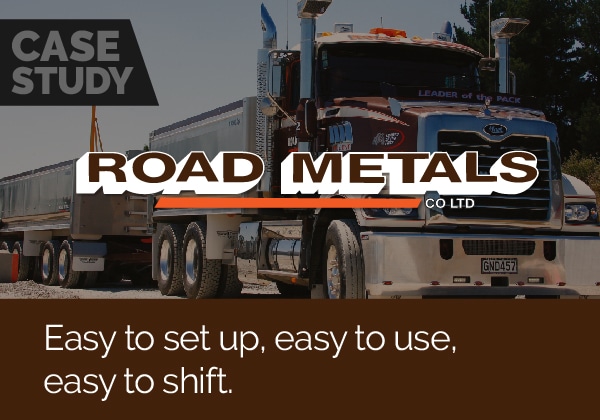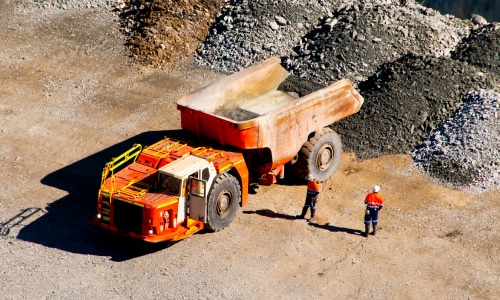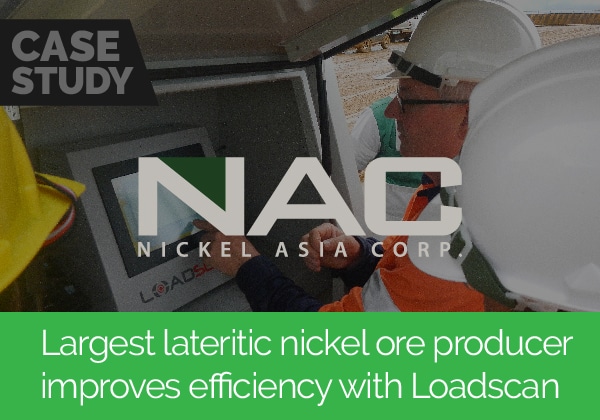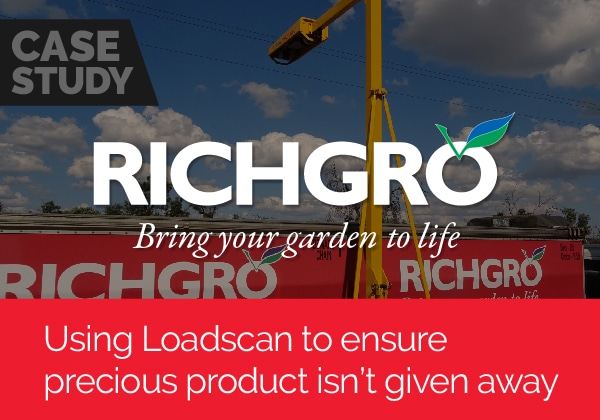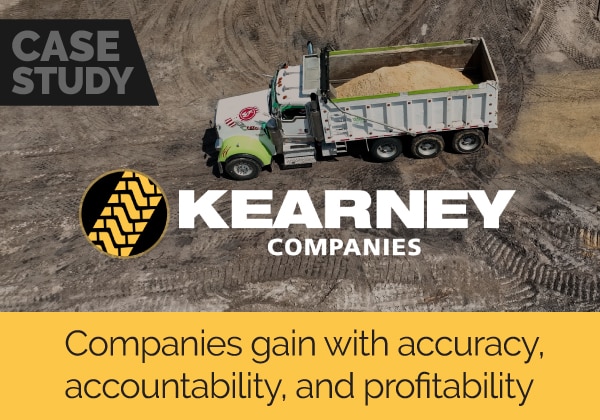How volume scanning reshapes customer relationships Tracking material volumes across multiple sites is a [...]
Payload Optimisation: How to Maximise Every Load of Bulk Landscaping Material
In the landscape supply industry, every cubic metre counts. Payload optimisation is the key to improving efficiency, profitability, and accuracy when transporting bulk landscaping materials like bark, mulch, woodchip, compost, and topsoil.
Across the industry, volumetric truck measurement (VTM) has become the global standard for trading these materials by volume — typically in cubic metres or cubic yards. Yet many operations still rely on outdated methods such as counting loader buckets, weighing trucks, or making manual estimates. These techniques are prone to error and often lead to disputes over load settlement, moisture content, and under-supply.
To truly optimise your payloads, you need accurate, real-time data that reflects what’s actually in the truck — not what you think is there.
Get Accurate Volume and Tonnage Data
The first step in payload optimisation is achieving precise measurement. Using volumetric load scanning technology, trucks are scanned as they drive slowly beneath an elevated scan head. The system compares an empty truck profile with a loaded one to determine true load volume.
This non-contact measurement system removes uncertainties caused by moisture, compaction, and loading variations. Proven accuracy within ±1% ensures that every truck carries exactly what it should — nothing more, nothing less.
Measure Payloads on Entry and Exit
By scanning each load at both entry and exit, operators can identify haulback — leftover material that can otherwise be double-counted. With a real-time load volume measurement system, haulback is automatically deducted, giving you the true net payload for every trip.
This visibility eliminates guesswork, reduces material loss, and creates transparency across your hauling operation.
Provide Real-Time Feedback to Operators
Equipping drivers with in-cab consoles for data entry enables full traceability. Operators can log load source, destination, and material type at the time of loading, feeding directly into the system.
Instant real-time feedback on each scan helps loaders and drivers adjust their techniques, improving accuracy and overall load consistency across the fleet.
Optimise Load Capacity for Greater Efficiency
Once accurate payload data is available, you can identify the maximum capacity of your trucks and haulers. Knowing how much each vehicle can carry safely allows you to move more material for the same operational cost — a direct boost to productivity and fuel efficiency.
Payload optimisation isn’t just about filling trucks; it’s about understanding your capacity, measuring it correctly, and using that insight to streamline your entire workflow.
Track, Trace, and Analyse Your Loads
Comprehensive load tracking gives you a full picture of site performance. Analysing load data helps identify bottlenecks, improve loading practices, and enhance delivery accuracy. With reliable data at your fingertips, you can make strategic, data-driven decisions to increase output and profitability.
The Bottom Line
When it comes to bulk landscaping materials, accurate measurement means confident business decisions. Through advanced payload optimisation powered by volumetric truck measurement, you can eliminate inefficiencies, reduce waste, and keep every truck operating at peak performance.










